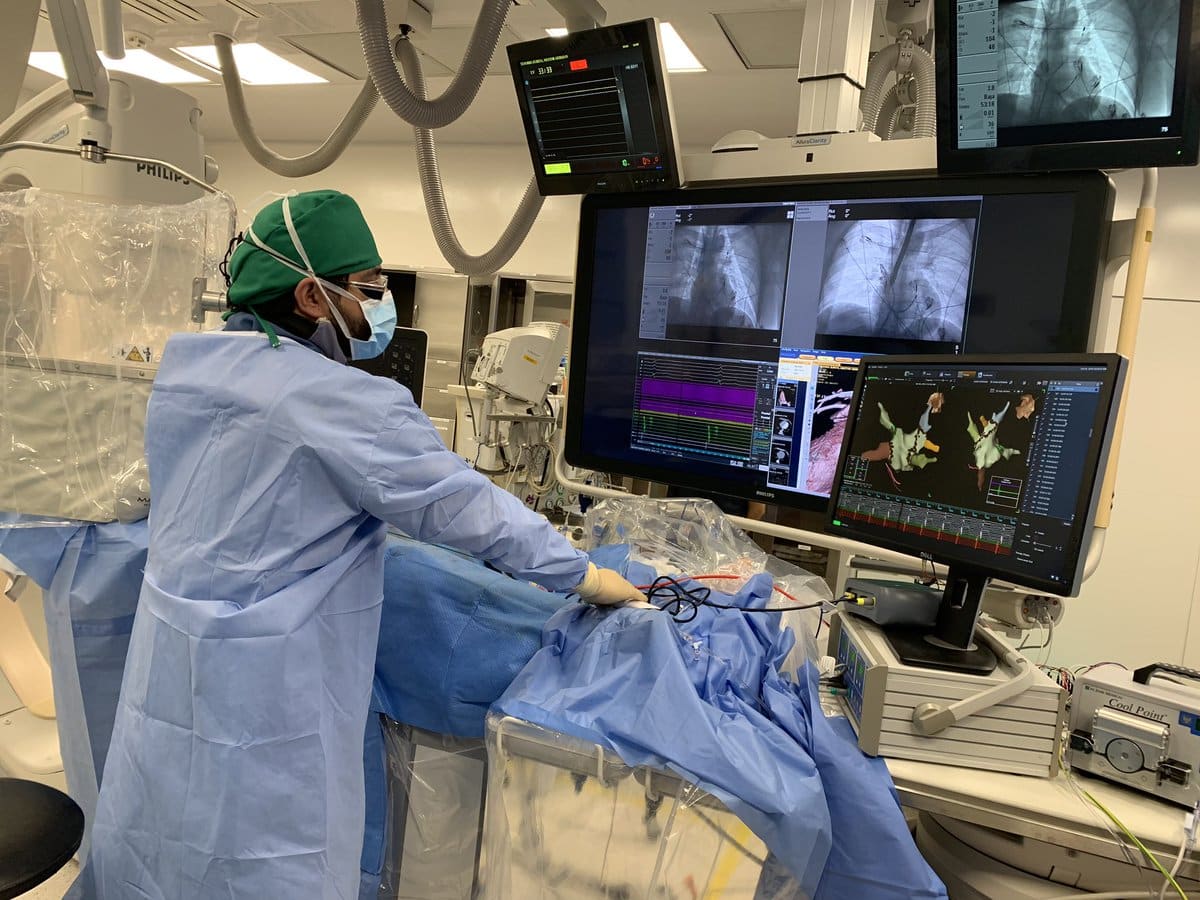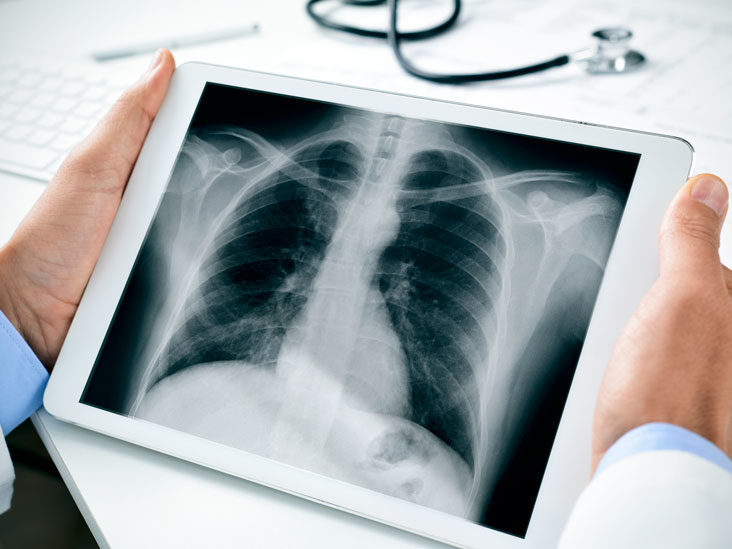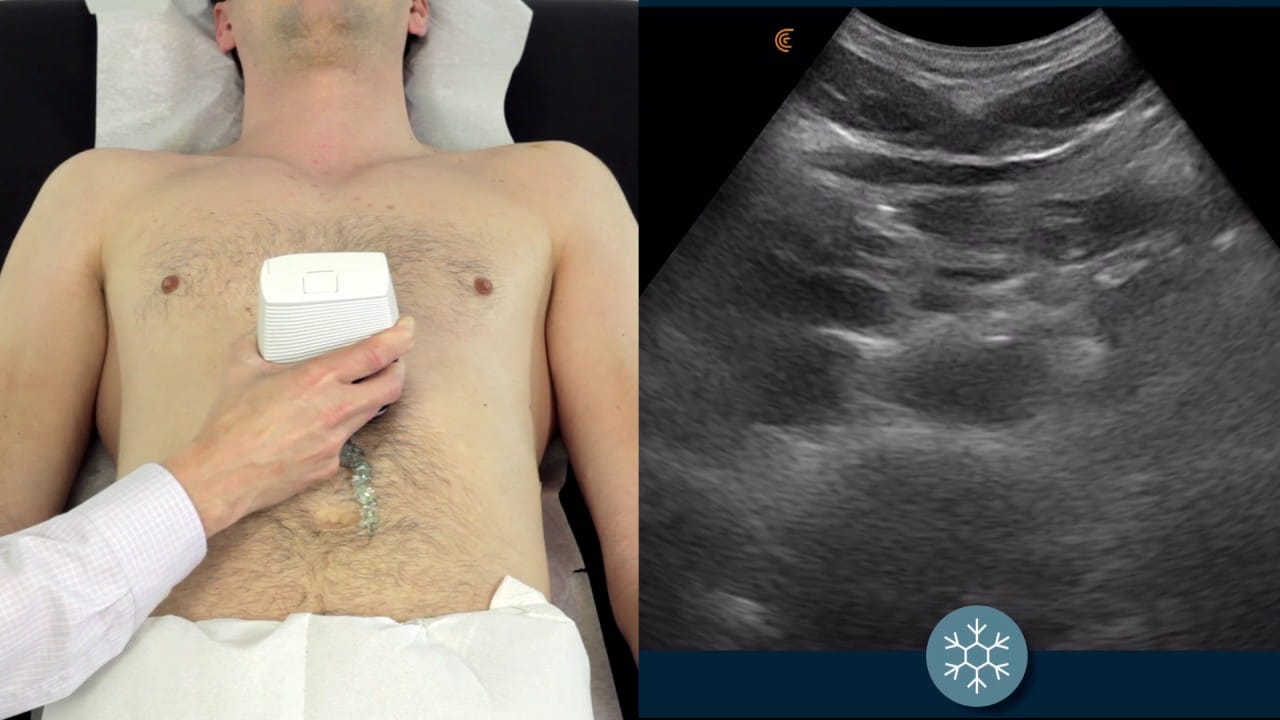Peak Heart & Vascular
Multispecialty Cardiovascular Group located in Laveen, Surprise, Avondale, Phoenix, and Flagstaff, AZ
Vascular disease, peripheral artery disease (PAD), and other conditions that cause blockages in your circulation can lead to a serious infection in your feet and hands. When these infections fail to heal, the only option in the past has been amputation. The skilled team at Peak Heart & Vascular in Laveen, Surprise, Avondale, Flagstaff, and Phoenix, Arizona, offers patients an option in limb salvage. Instead of major amputation, the doctors make efforts to revascularize a limb and restore tissue health. To learn more about limb salvage, call the offices or book online.
Limb Salvage Q & A
What is limb salvage?
Peripheral artery disease or PAD occurs when cholesterol and other fats form plaques that limit or block blood flow through arteries. The disease can technically happen in any artery, but most often affects the legs.
When you have a block in your circulatory system, blood and the associated nutrients and oxygen don’t flow freely to tissue. The tissue in your limbs, farthest from your heart, is at most risk.
Often a small bump or scrape on the foot leads to a scab, ulcer or wound. If this persists for more than a few weeks without healing, it can progress rapidly to infection and gangrene. At this point, critical limb ischemia has developed, and there is a 50% chance of major amputation required within the next 6 months.
Timely intervention is important to correct the blood flow and prevent further loss of tissue and progression towards amputation. Revascularization is very effective for saving the limb.
What does limb salvage involve?
The providers at Peak Heart & Vascular offer all the latest techniques available to revascularize a limb. This includes endovascular procedures which are minimally invasive, utilizing catheters, wires, balloons, and stents, among other techniques to open up a clogged artery (plaque). This procedure can restore blood flow and instantly kickstart the stalled healing process. Often this can be performed at a surgery center or hospital on an outpatient basis. At Peak Heart & Vascular, our doctors are experts at saving limbs and treat the smallest of vessels even in the foot!
In some cases, your doctor may recommend an open bypass. During this procedure, the vascular surgeon “bypasses” or directs blood flow through another healthy vein or an artificial graft vein. Once your blood flow is restored, the pain caused by a lack of blood flow is greatly improved, and your wounds immediately begin to heal.
It takes a team of specialists to tackle this difficult issue. We work directly with Wound Care, Podiatry, Infectious Disease, and Endocrinology among others to coordinate the best care for our patients.
What are the benefits of limb salvage?
Young patients with amputations may still be able to be quite active and even run races! However, in elderly patients with medical issues, having a major amputation above the ankle can not only limit function, but may also put patients on the road to increased mortality. Patients with an amputation above the knee have a 30% mortality within 30 days in some studies. Often a major amputation can mean moving out of the home to a nursing facility, or even being bed bound or wheelchair bound.
Of course, saving a limb helps you maintain your functional mobility and your independence. Being mobile also improves many aspects of strength and physical and mental health.
How successful is limb salvage?
Revascularization is very effective, with over 90% success at saving the leg from amputation. Our providers are especially skilled in minimally invasive procedures and surgery for limb salvage. Dr Smith is the Director for Amputation Prevention for the Honor Health network.
While limb salvage offers great hope that you can avoid amputation, it’s not a permanent fix for all of your vascular problems. Between 20-50% of arteries will require further intervention to reopen the artery within the first year.
The good news is that even if the treatment doesn’t keep the artery open forever, it keeps it open long enough for wounds to heal. Limb salvage could mean you lose just a toe, rather than an entire leg.
If you suffer from peripheral artery disease and have a wound or have been told your limbs are at risk, contact Peak Heart & Vascular for an evaluation. Please do not delay treatment of this important and time-sensitive issue. Call us today!



























